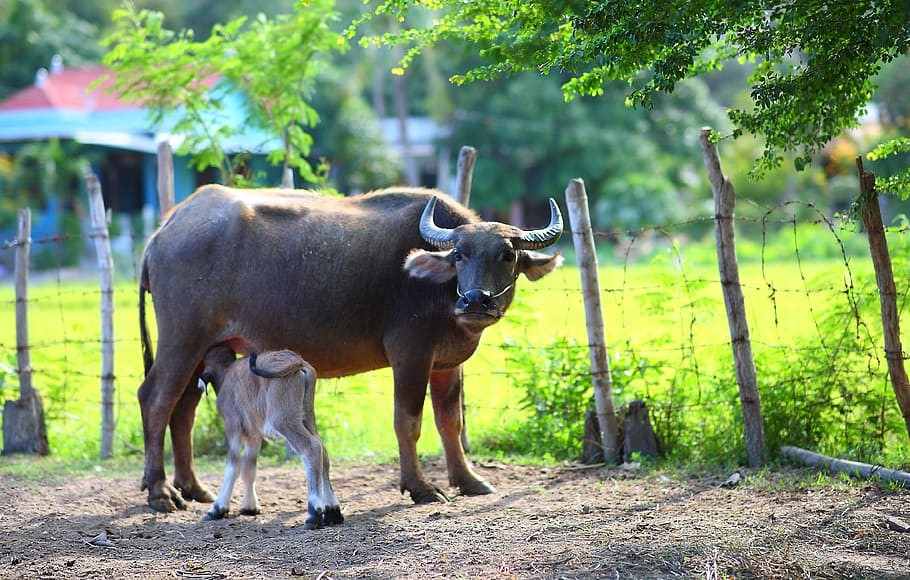Free Courses Sale ends Soon, Get It Now


Free Courses Sale ends Soon, Get It Now



Disclaimer: Copyright infringement not intended.
Context
About
Benefits of Animal IVP
Overcome Physiological Problems
Preserve Valuable Genetics
Shorter Generational Interval
Other advantages
Note: The main disadvantage is the high cost of the technique.
Conclusion
https://pib.gov.in/PressReleasePage.aspx?PRID=1765939
© 2024 iasgyan. All right reserved